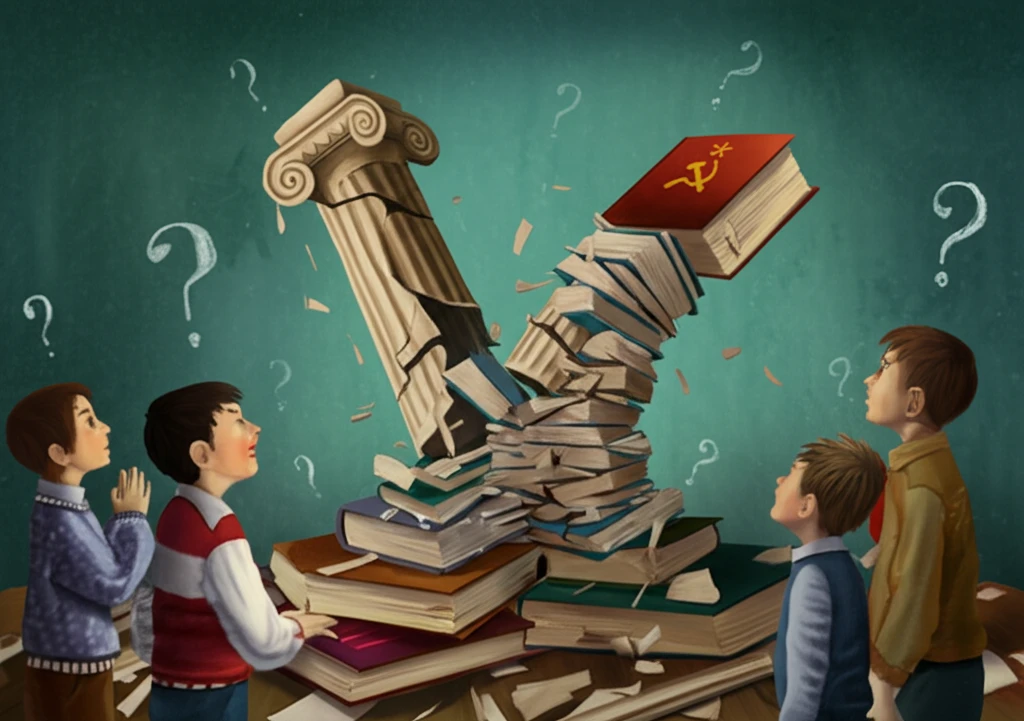
Rewriting History: How Fascist and Soviet Schoolbooks Shaped Young Minds
"A comparative look at ancient and medieval history as taught in Fascist Italy and the Soviet Union reveals the power of propaganda in education."
History, often regarded as a collection of facts and dates, is in reality a narrative shaped by those in power. This is particularly evident in the educational systems of totalitarian regimes, where schoolbooks become tools for molding young minds. By examining the history curricula and textbooks used in Fascist Italy and the Soviet Union between the two World Wars, we can gain insight into how these regimes used history to promote their ideologies and solidify their control.
Dorena Caroli's research, “Teaching Ancient and Medieval History in Fascist and Soviet Schools in the Interwar Period: Comparison of Elementary School Textbooks,” provides a detailed comparison of how ancient and medieval history were presented to elementary school students in Fascist Italy and the Soviet Union. The study reveals not only the differing visions of the past but also the manipulation of historical narratives to serve ideological purposes.
This article will explore the key findings of Caroli's research, highlighting the ways in which both Fascist and Soviet regimes used history to construct national identity, legitimize their rule, and instill specific values in their young citizens.
Constructing National Identity Through Ancient Civilizations

Both Fascist Italy and the Soviet Union sought to establish a strong sense of national identity by drawing upon the past. However, they approached this task in vastly different ways. In Fascist Italy, the focus was on glorifying ancient Rome, emphasizing its power, its achievements, and its legacy. Textbooks highlighted the grandeur of Roman monuments, the wisdom of Roman law, and the military prowess of Roman emperors. This served to create a sense of continuity between ancient Rome and Fascist Italy, suggesting that the latter was the natural heir to the former's greatness.
- Fascist Italy: Glorified ancient Rome, emphasized national pride and military strength.
- Soviet Union: Focused on class struggle, downplayed pre-revolutionary achievements.
- Common Goal: Both aimed to create a unified national identity, though through vastly different interpretations of history.
Lessons from the Past: The Enduring Power of Historical Narratives
The manipulation of history for political purposes is not unique to Fascist Italy and the Soviet Union. Throughout history, regimes of all stripes have used history to legitimize their rule and promote their ideologies. By understanding how these regimes operated, we can become more critical consumers of historical information and more aware of the ways in which history can be used to shape our perceptions of the present.
